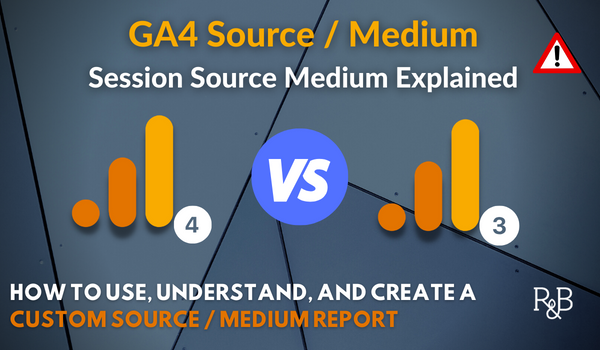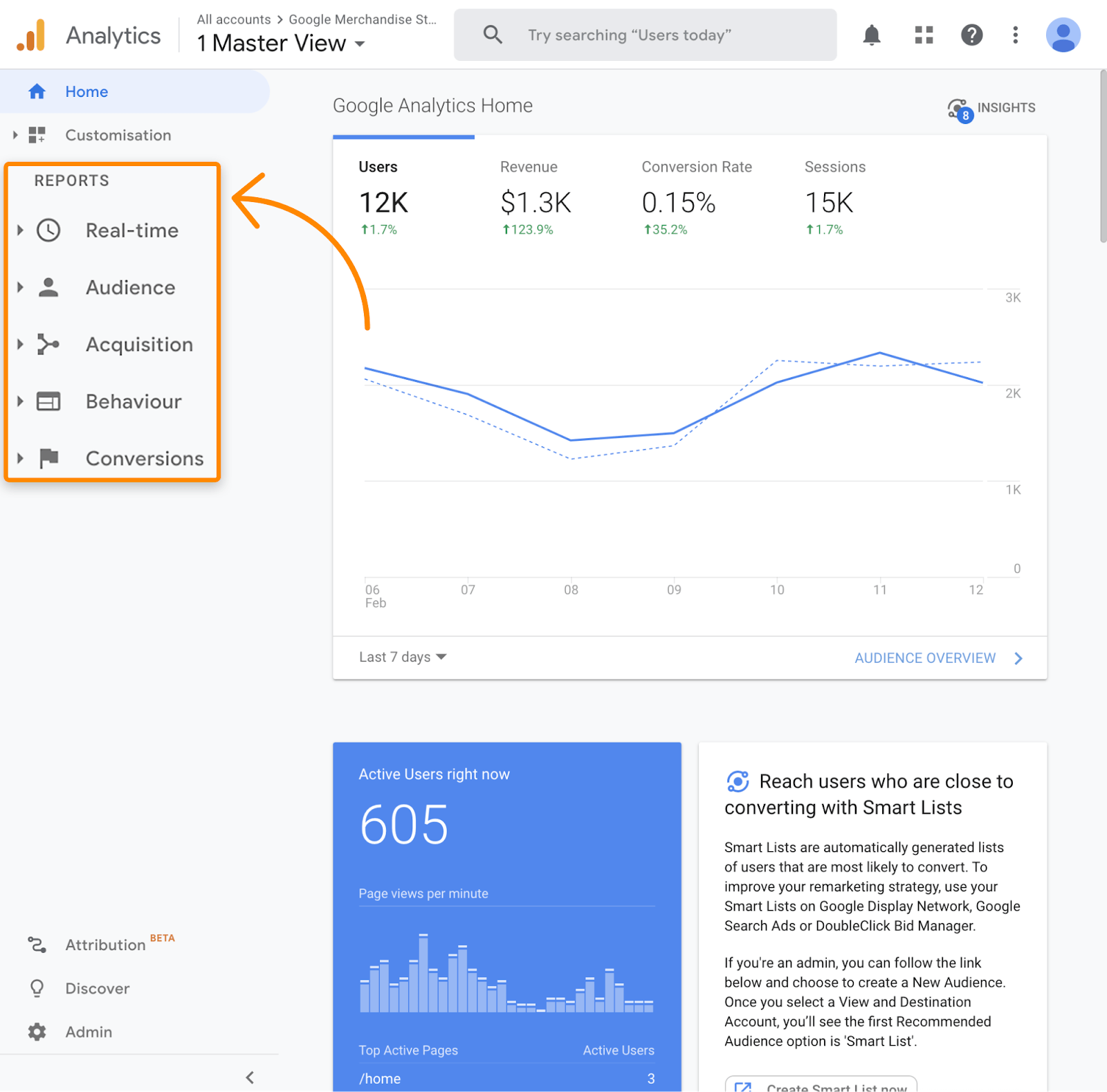Unlocking Secondary Dimensions in Google Analytics: Meaning and Practical Use Situations Discovered
Unlocking Secondary Dimensions in Google Analytics: Meaning and Practical Use Situations Discovered
Blog Article
Introducing the Influence of Second Dimension in Google Analytics on Data Evaluation and Insights
In the world of data analytics, the application of additional dimensions within Google Analytics has actually emerged as a pivotal device for drawing out deeper understandings and unraveling complicated patterns that might or else stay obscured. By peeling off back the layers of main data sets, additional measurements use a nuanced point of view that enriches the understanding of user actions, site efficiency, and the effectiveness of advertising strategies. Nonetheless, real influence and untapped potential of additional measurements are usually ignored, outweighed by the allure of main metrics. As we navigate through the complex landscape of information analysis, the importance of secondary dimensions comes to be increasingly noticeable, clarifying important details that hold the trick to informed decision-making and critical optimizations.
Checking Out the Concept of Secondary Dimensions
Second measurements in Google Analytics supply additional insights by permitting customers to analyze primary information in conjunction with a second characteristic. By including secondary dimensions, individuals can dive much deeper into the information and reveal important relationships that might or else go undetected - what is a secondary dimension in google analytics.
Comprehending the principle of secondary dimensions is essential for optimizing the potential of Google Analytics. It enables users to segment data efficiently, recognize patterns, and make informed decisions based on an extra total photo of their analytics data. By discovering the different additional dimensions available in Google Analytics, users can open brand-new insights and maximize their digital advertising initiatives. Fundamentally, additional measurements act as a powerful tool for improving information analysis and driving workable outcomes.
Enhancing Data Interpretation With Secondary Dimensions
Having actually developed the fundamental understanding of secondary measurements in Google Analytics and their crucial function in data analysis, the emphasis now shifts towards leveraging these second characteristics to improve the interpretation of analytics information (what is a secondary dimension in google analytics). By integrating secondary measurements right into data evaluation, analysts can obtain much deeper insights right into individual behavior, internet site efficiency, and advertising effectiveness

In addition, second dimensions aid in contextualizing key data metrics by providing added layers of info. This contextualization aids in understanding the 'why' behind the information patterns, helping experts make educated decisions and optimizations to boost general performance. Inevitably, integrating secondary measurements enriches the information interpretation procedure, causing more strategic activities and significant insights.
Uncovering Hidden Insights With Secondary Measurements
Exploring the midsts of analytics data with additional dimensions exposes valuable understandings that would or else continue to be obscured. By incorporating second dimensions in Google Analytics, businesses can uncover covert patterns, trends, and relationships that offer an even more extensive understanding of user actions and web site performance. These extra layers of data permit analysts to dig much deeper into the main measurements, such as traffic resources or touchdown pages, and get an extra nuanced perspective on just how different variables communicate with each various other.
Via the usage of additional measurements, analysts can segment and contrast information across numerous measurements, enabling them to identify details variables that influence customer involvement, conversion rates, and overall success metrics. By coupling the main measurement of 'tool official website classification' with the secondary dimension of 'age group,' marketing professionals can identify which age demographics prefer accessing the internet site with mobile tools versus desktop computers.
Leveraging Secondary Measurements for Actionable Analytics
Building upon the understandings unveiled via secondary measurements in Google Analytics, services can currently harness this enriched information landscape to drive workable analytics and calculated decision-making. By leveraging secondary dimensions, companies can dive deeper right into their data to remove valuable patterns, fads, and connections that might have previously gone undetected. This deeper degree of analysis makes it possible for companies to gain a much more thorough understanding of individual actions, campaign performance, and total site performance.
One key advantage of making use of secondary dimensions for workable analytics is the ability to section information based on particular standards. This segmentation permits services to customize their techniques and campaigns to various target market groups, causing more targeted and effective advertising and article source marketing initiatives - what is a secondary dimension in google analytics. Furthermore, second measurements provide a more alternative view of individual communications, allowing businesses to enhance their web site web content, layout, and total user experience
Maximizing Decision-Making With Secondary Dimensions
To enhance tactical decision-making in analytics, leveraging additional dimensions in Google Analytics can supply a much more nuanced point of view on individual habits and project efficiency. By integrating additional measurements into data analysis, companies can dig deeper into the specifics of their site visitors' interactions and engagement patterns. This additional layer of information enables for a more extensive understanding of how different variables, such as demographics, devices, or traffic sources, impact key performance indications.

Verdict
Finally, the usage of additional dimensions in Google Analytics plays a vital function in enhancing information analysis and revealing surprise insights. By discovering this idea, one can acquire a much deeper understanding of individual behavior and make informed decisions based on actionable analytics. Leveraging additional dimensions permits a much more extensive interpretation of information and takes full advantage of the effectiveness of decision-making procedures.

Report this page